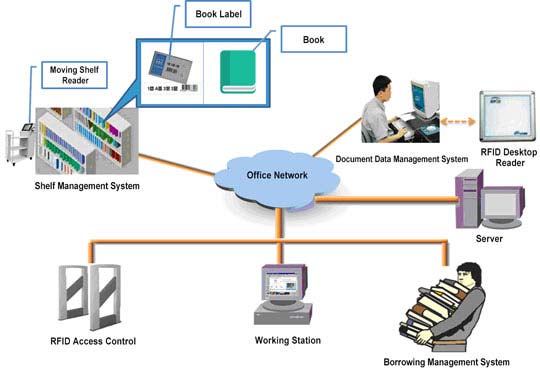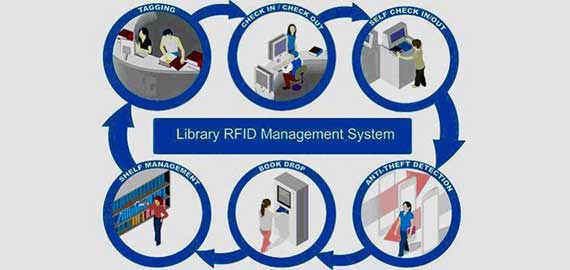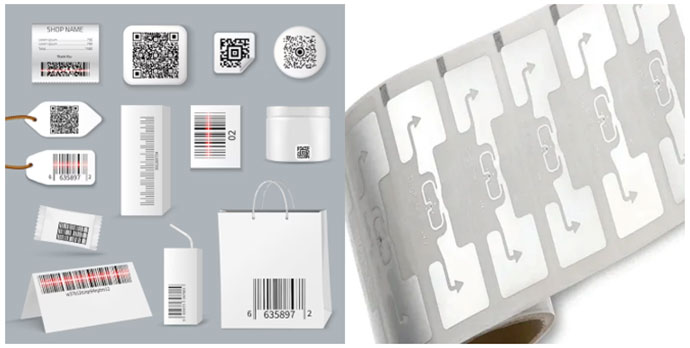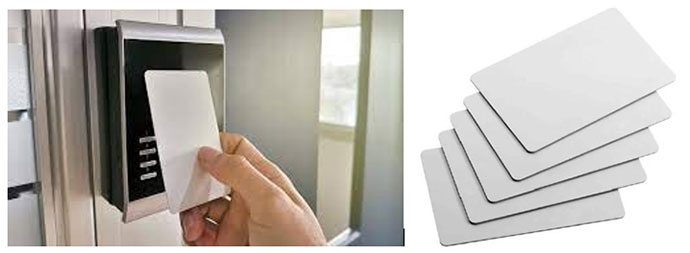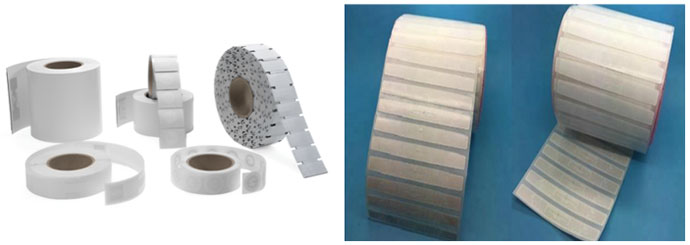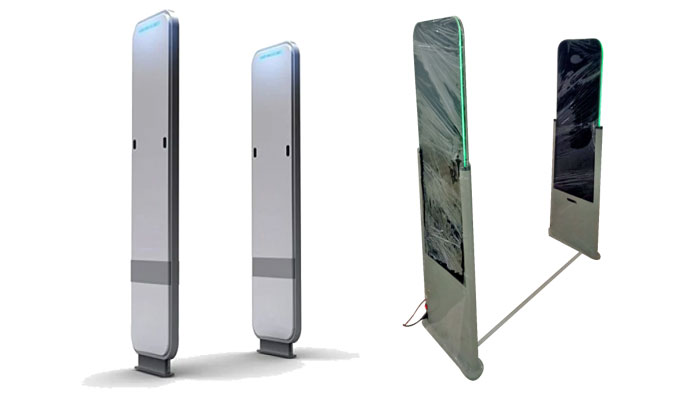Improved Inventory Management
Spears RFID system software makes it easier for businesses to keep track of
their inventory in real-time. By attaching RFID tags to items, organizations can
automate inventory counting, cutting down on manual work and human errors. This
accuracy ensures that businesses maintain optimal stock levels, avoid running out
of stock, and prevent overstocking, which ultimately boosts inventory turnover
rates and profitability.
Enhanced Visibility in the Supply Chain
Spears RFID system software offers a major advantage by improving visibility
throughout the supply chain. By integrating RFID technology into supply chain
processes, businesses can track the movement of goods from manufacturing sites
to distribution centers and eventually to customers. This real-time tracking
allows for proactive decision-making, like rerouting shipments to avoid delays
or optimizing delivery routes for efficiency. With better visibility, businesses
can respond swiftly to changing market demands, staying ahead of the competition.
Efficient Asset Tracking
Traditional methods of asset tracking, like manual recording or barcode
scanning, can be slow and prone to errors.Spears RFID system software
streamlines asset tracking by providing accurate, real-time data on asset
location and condition. Whether it's tracking equipment in healthcare
facilities, monitoring machinery in manufacturing plants, or managing
vehicles in a fleet, RFID technology simplifies asset management, reduces
search time, and minimizes the risk of misplaced or lost assets.
Reduced Errors
Manual data entry and inventory management processes are prone to human errors,
leading to inconsistencies in inventory records and operational inefficiencies.
Spears RFID system software minimizes errors by automating data capture and eliminating
the need for manual intervention. With RFID tags transmitting data directly to the
software, businesses can trust the accuracy of their inventory records, leading to
better decision-making and resource allocation.
Cost Savings
Spears RFID system software delivers significant cost savings for businesses
by improving inventory accuracy, streamlining supply chain processes, and
reducing manual errors. Lower labor costs from automated inventory counting,
decreased carrying costs due to optimized inventory levels, and reduced
losses from stock outs or overstocking all contribute to increased
profitability. Additionally, RFID technology helps prevent theft and
shrinkage, further cutting financial losses for businesses.
